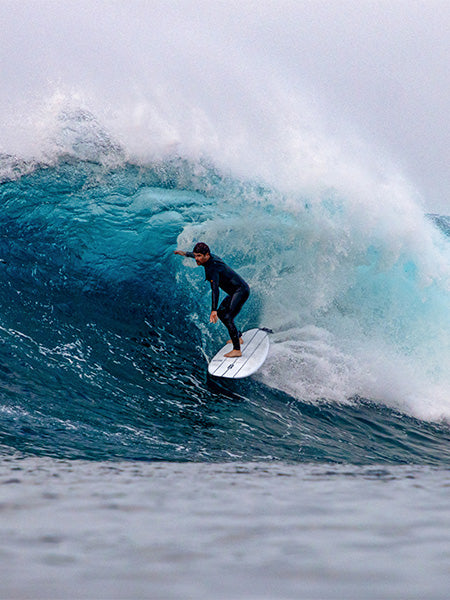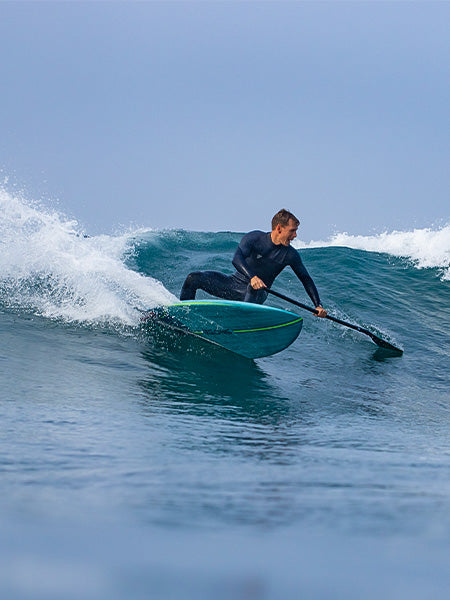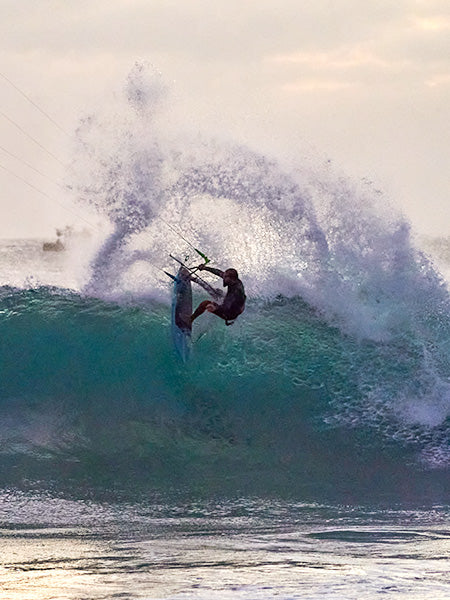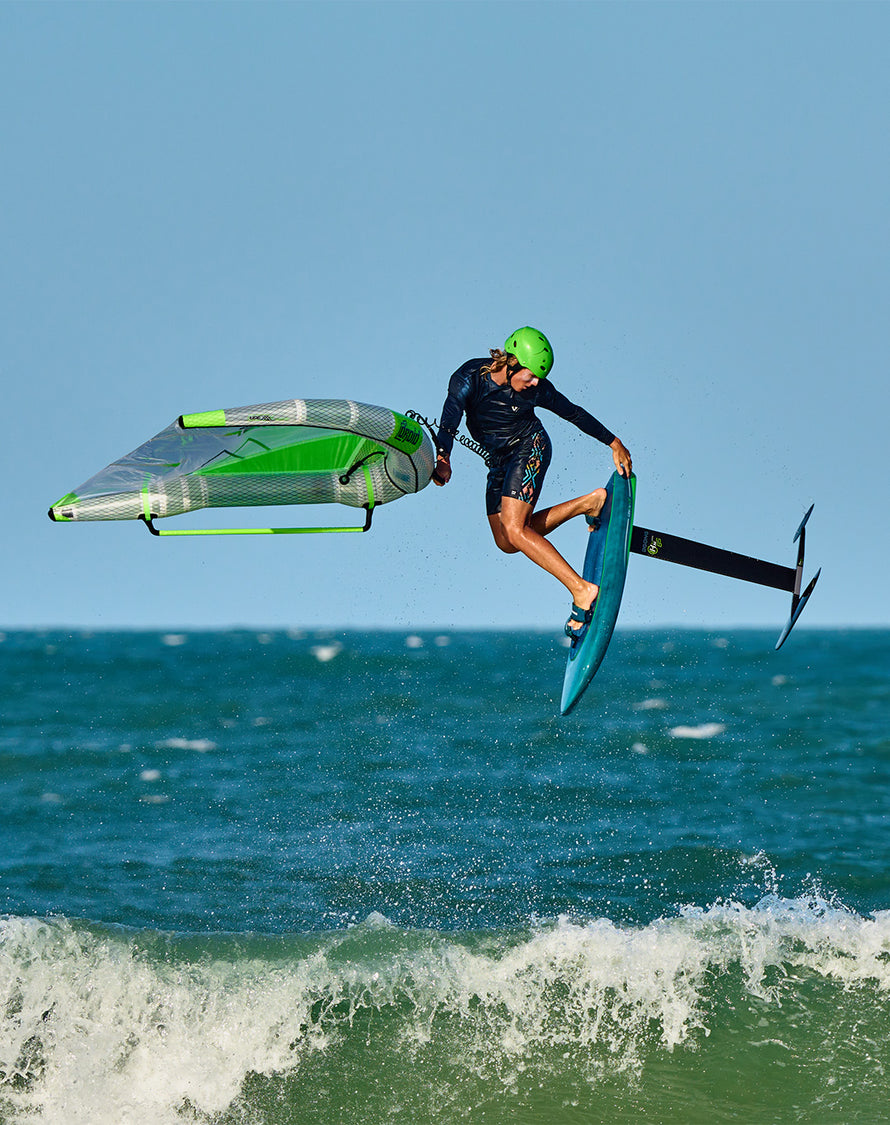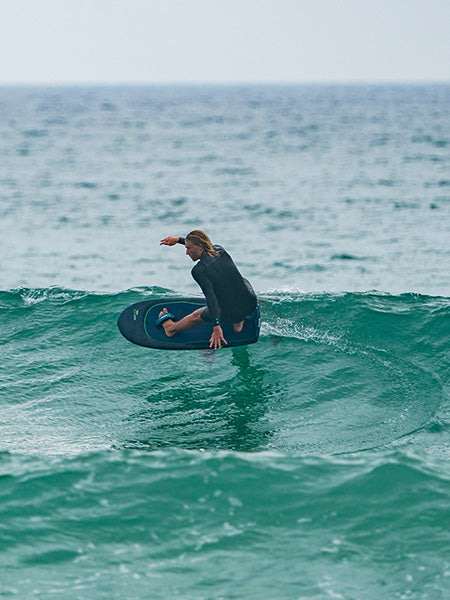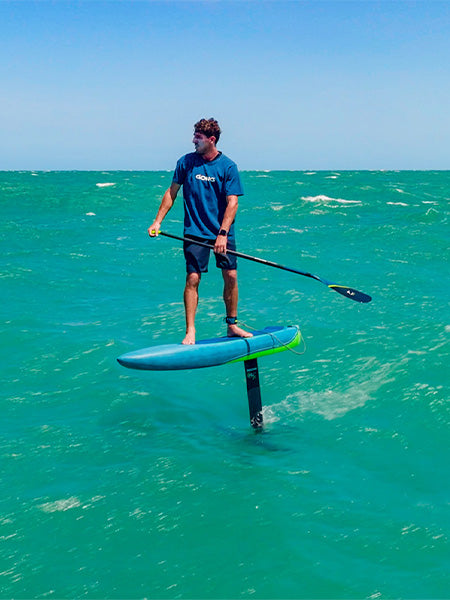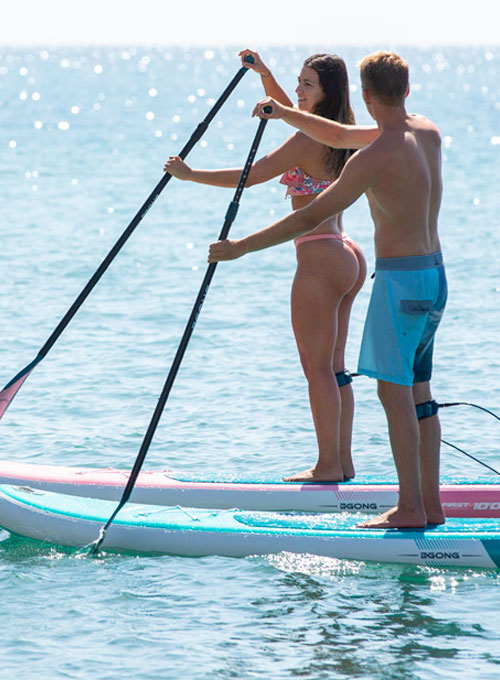TAKE OFF ON SURF FOIL
Back
There are a few points that separate a take off on a surf foil from a take off with a conventional surfboard. There is the wave selection that we mention in this How To but also a different way to position yourself to manage your foil.
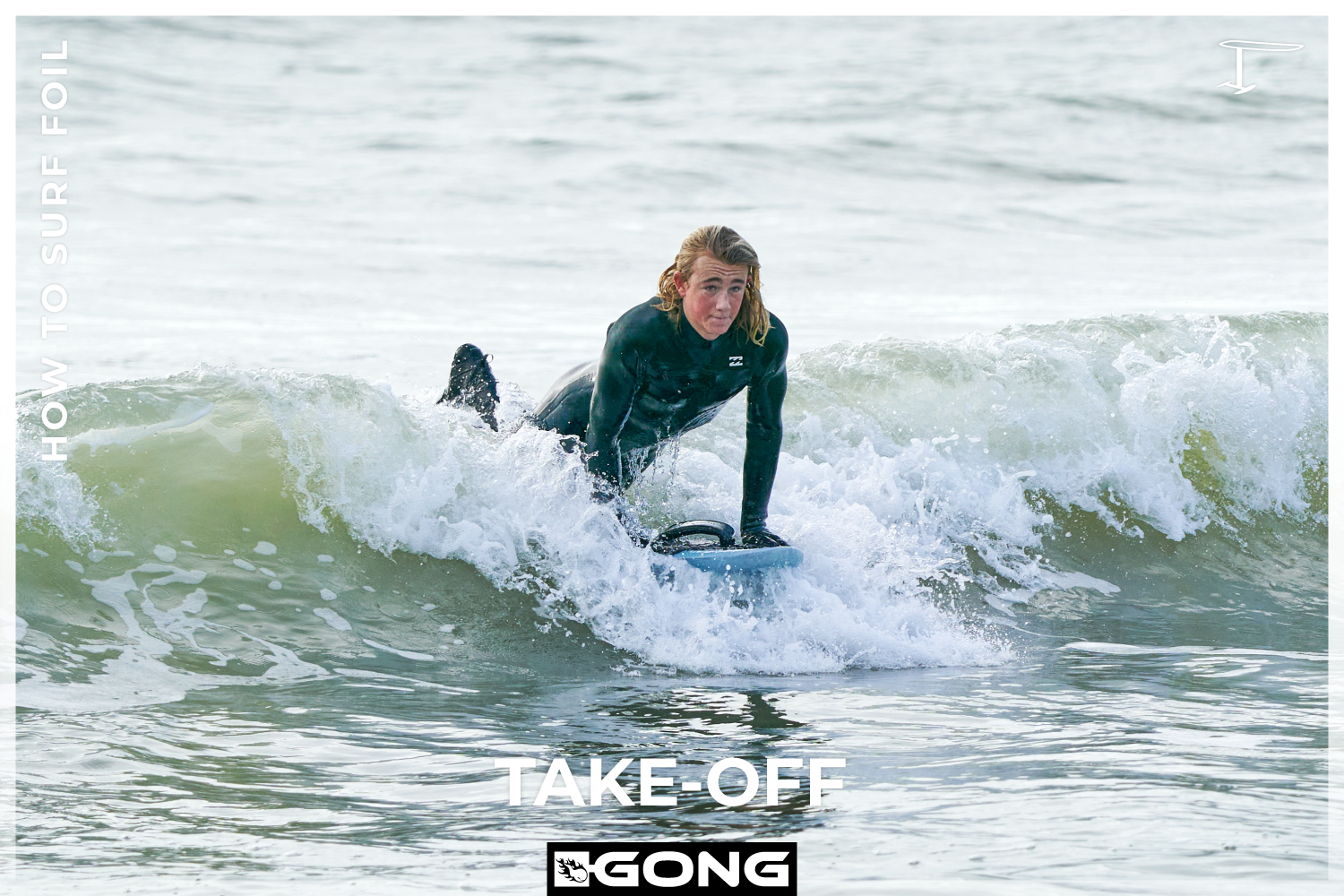
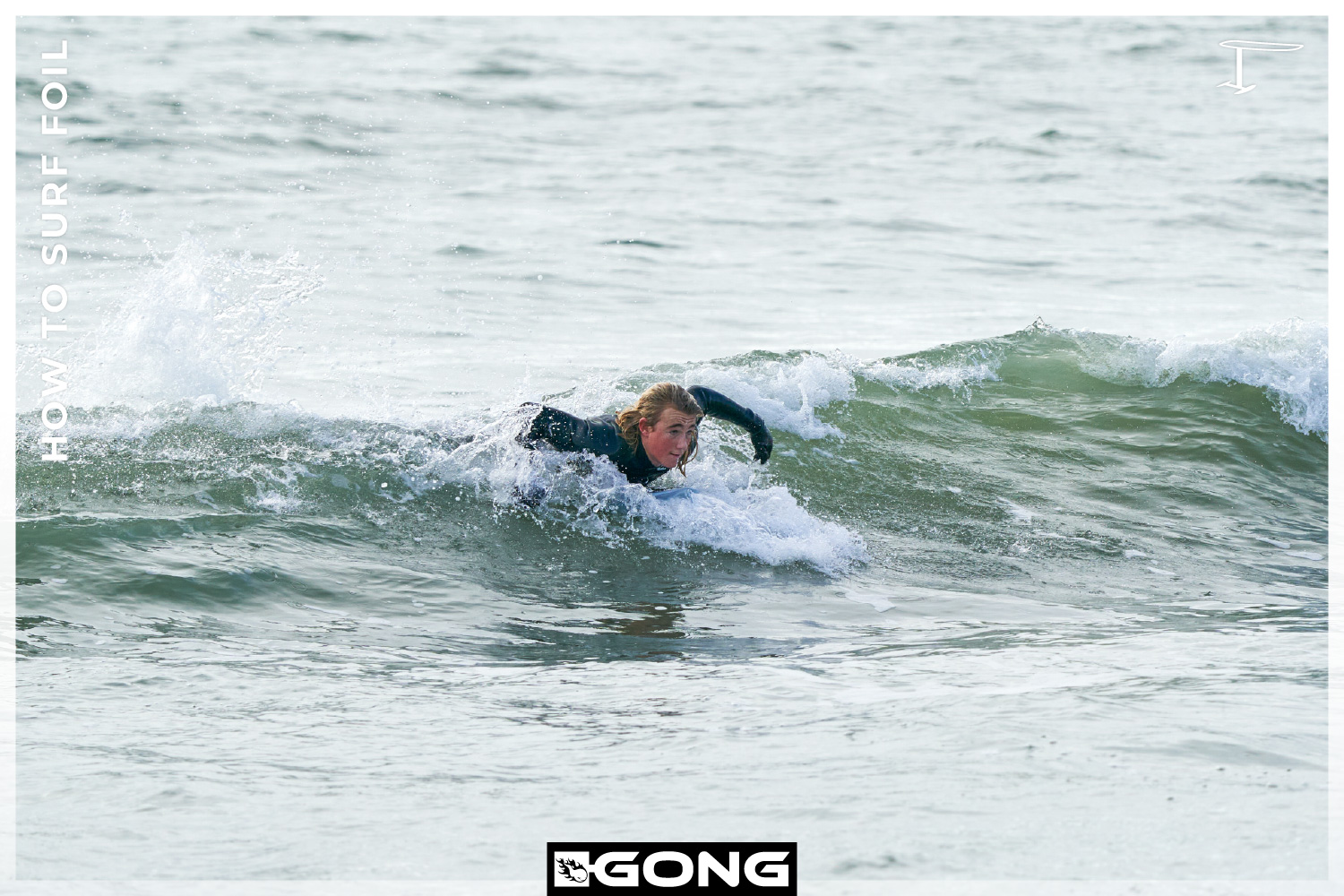
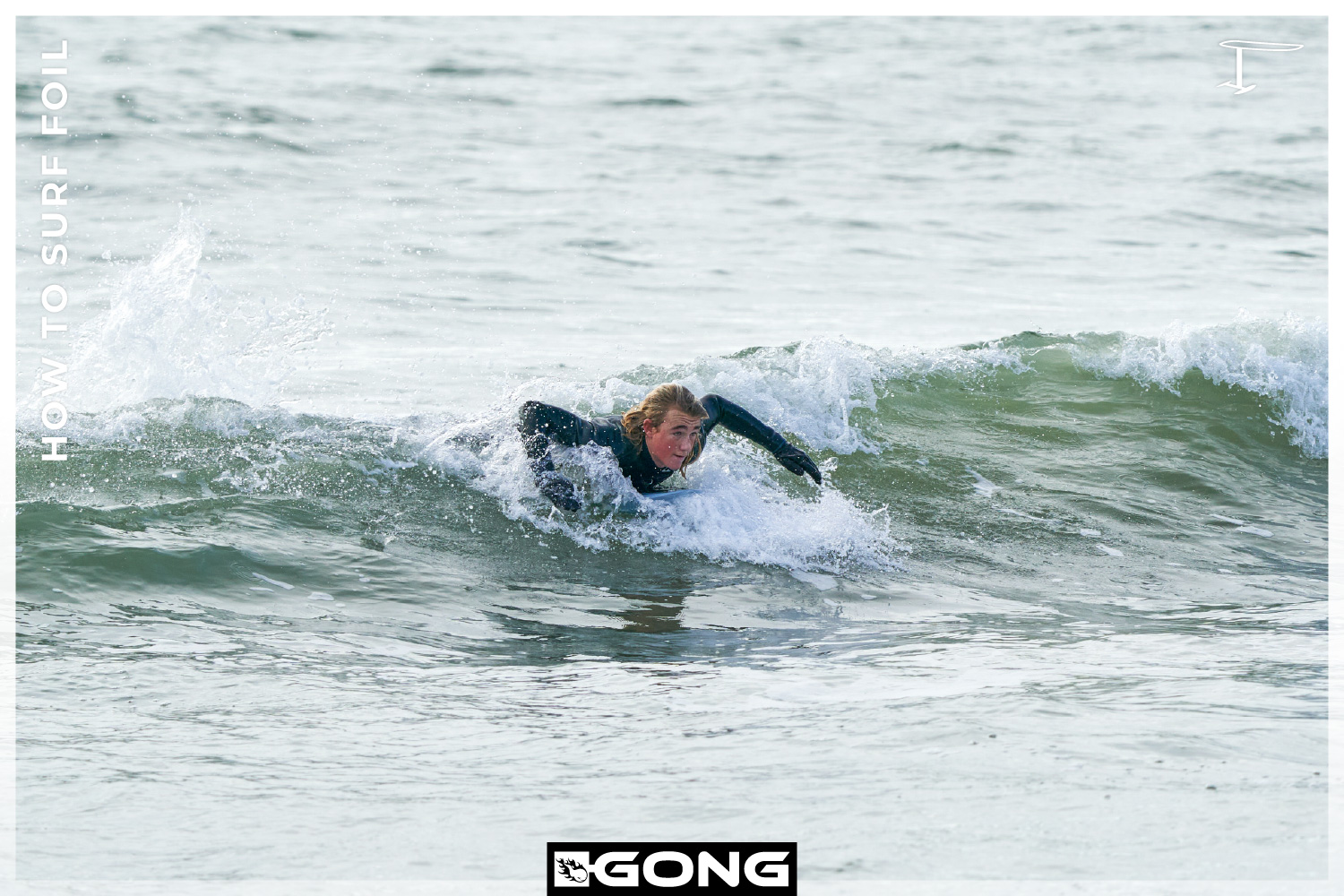
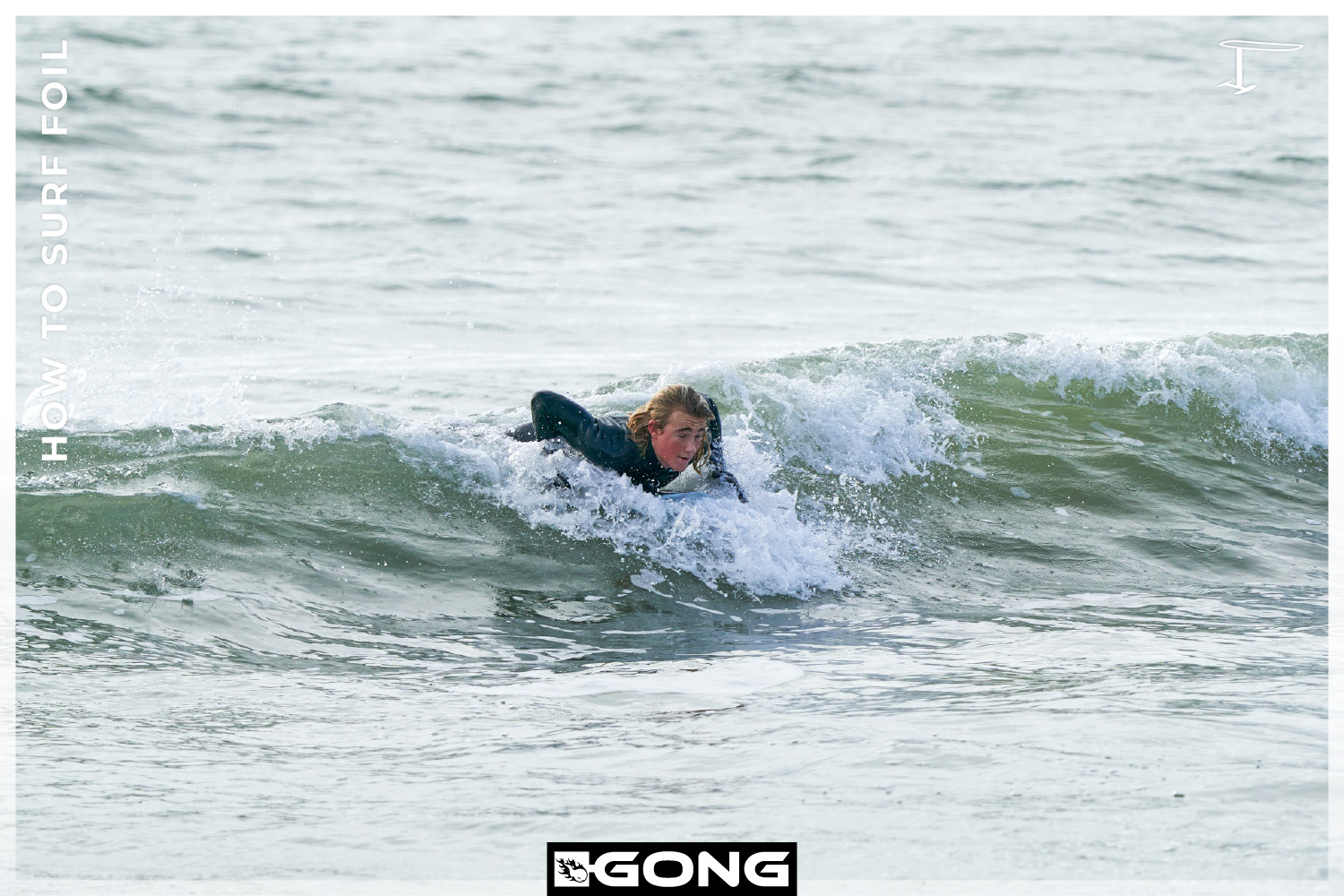
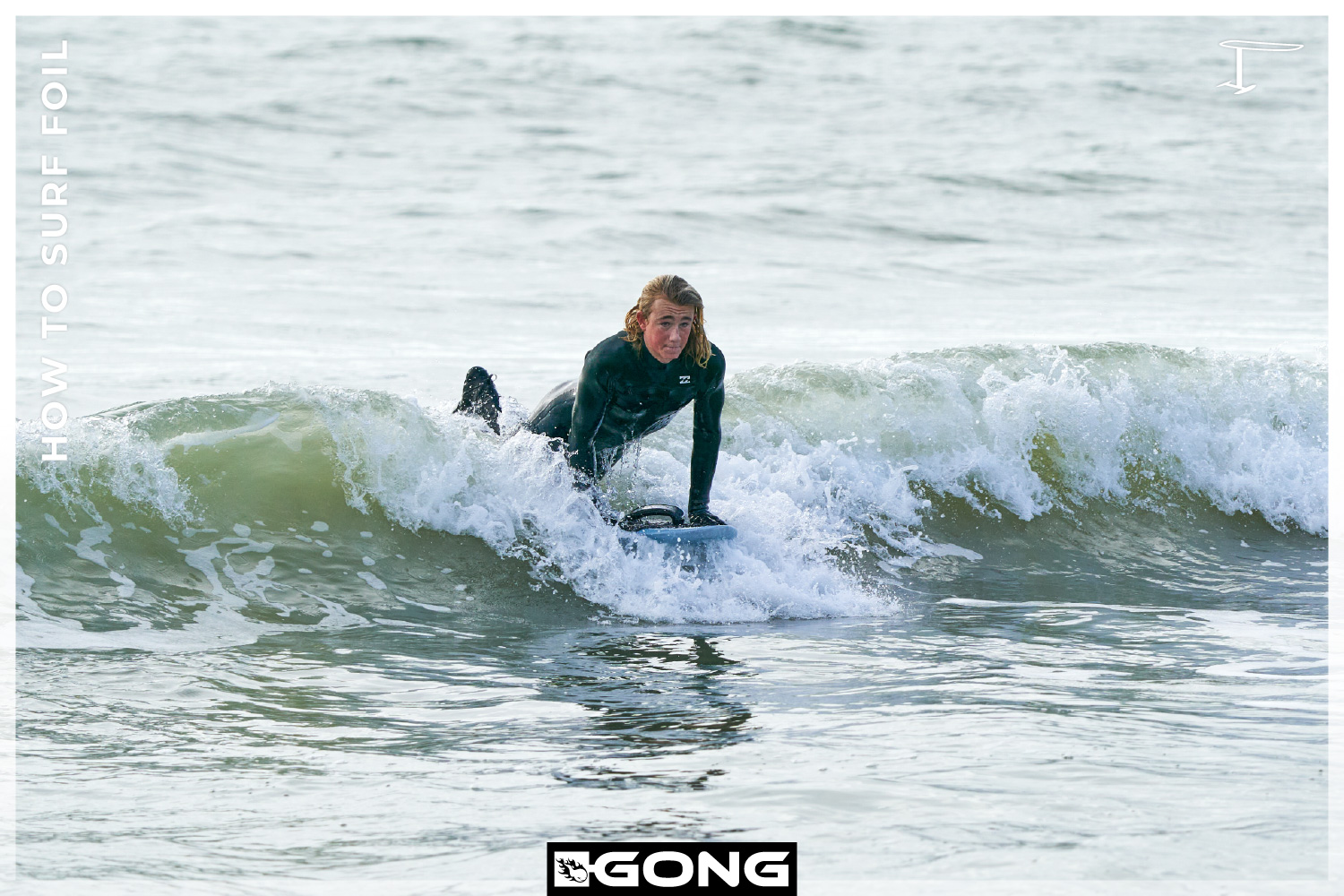
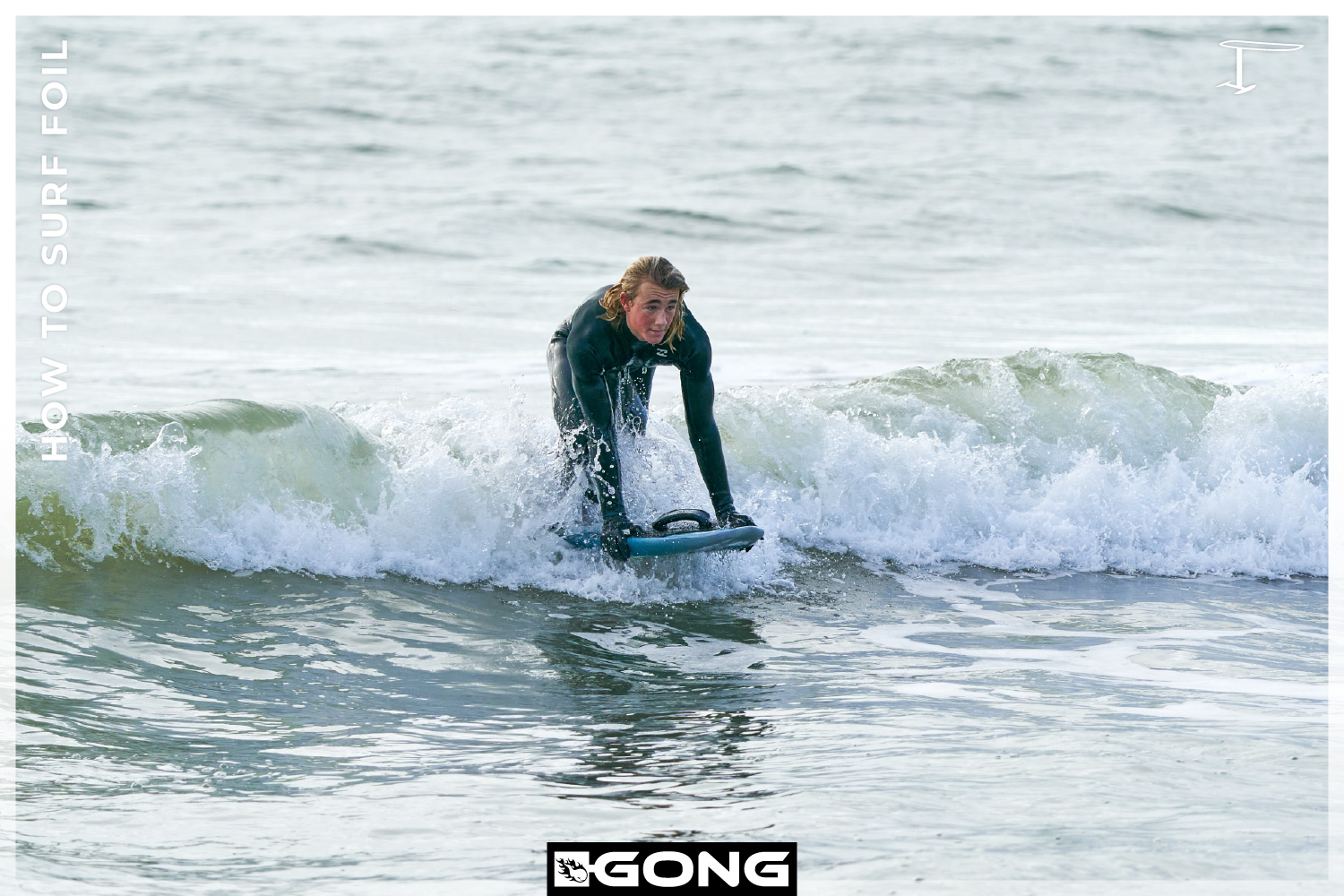

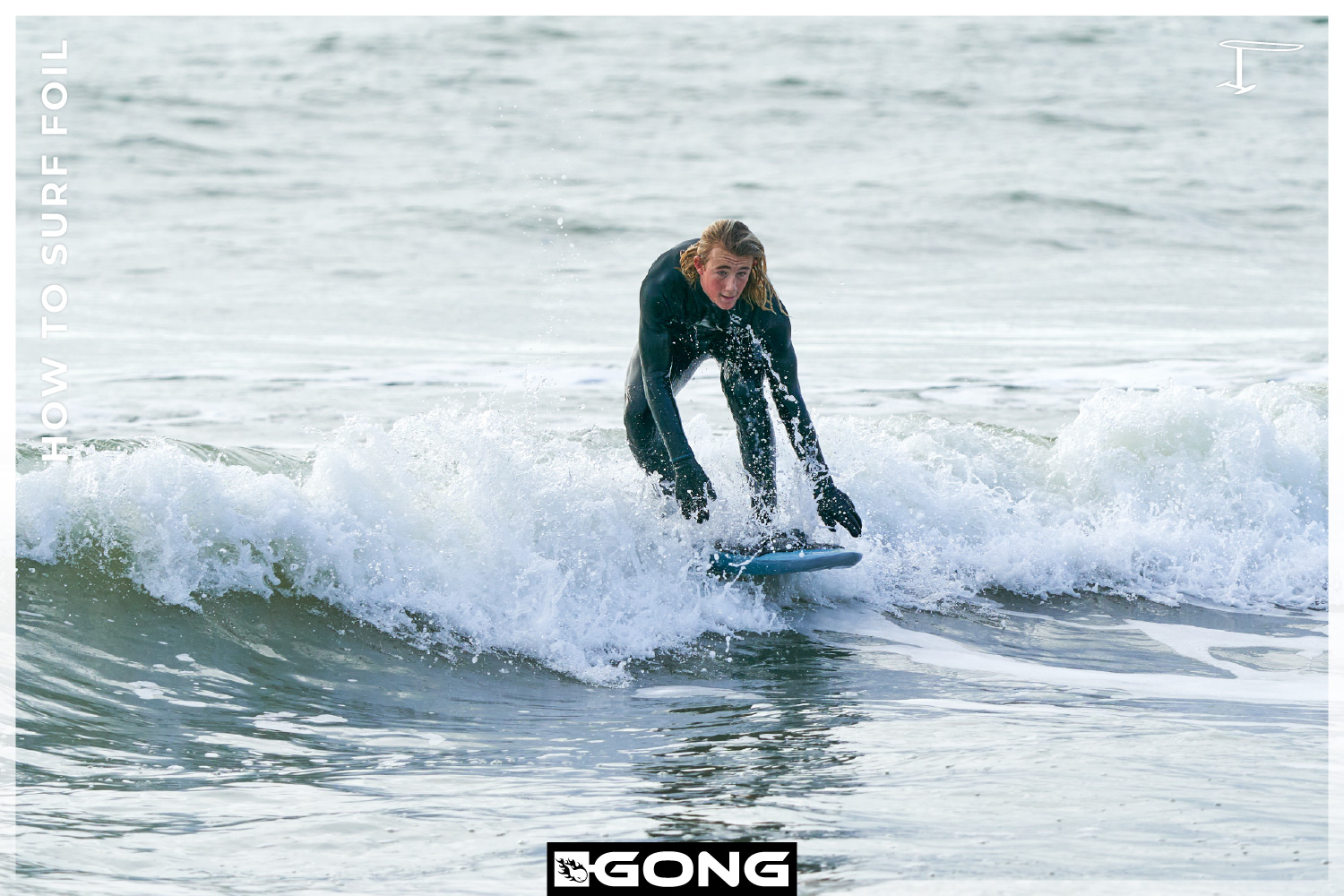
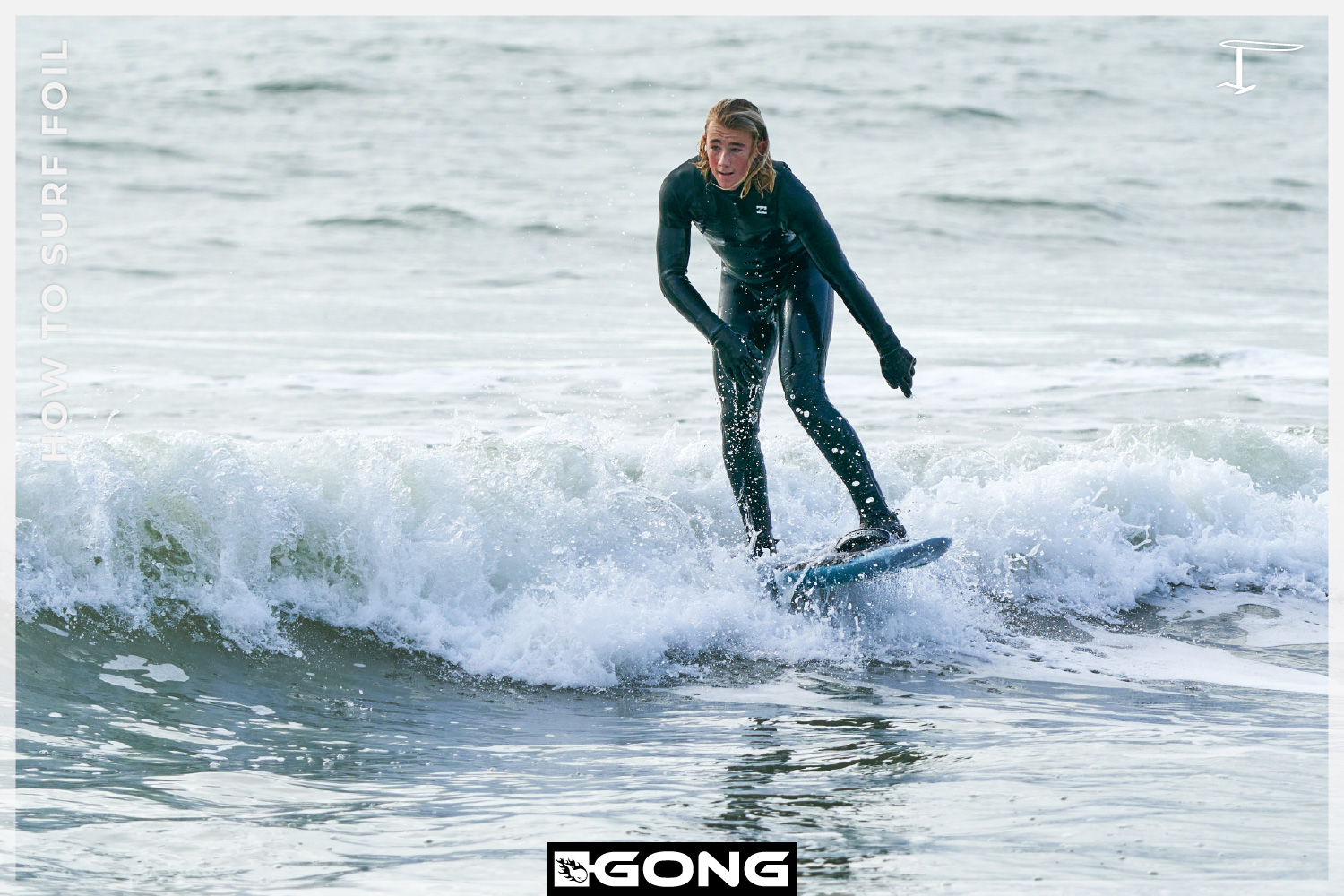
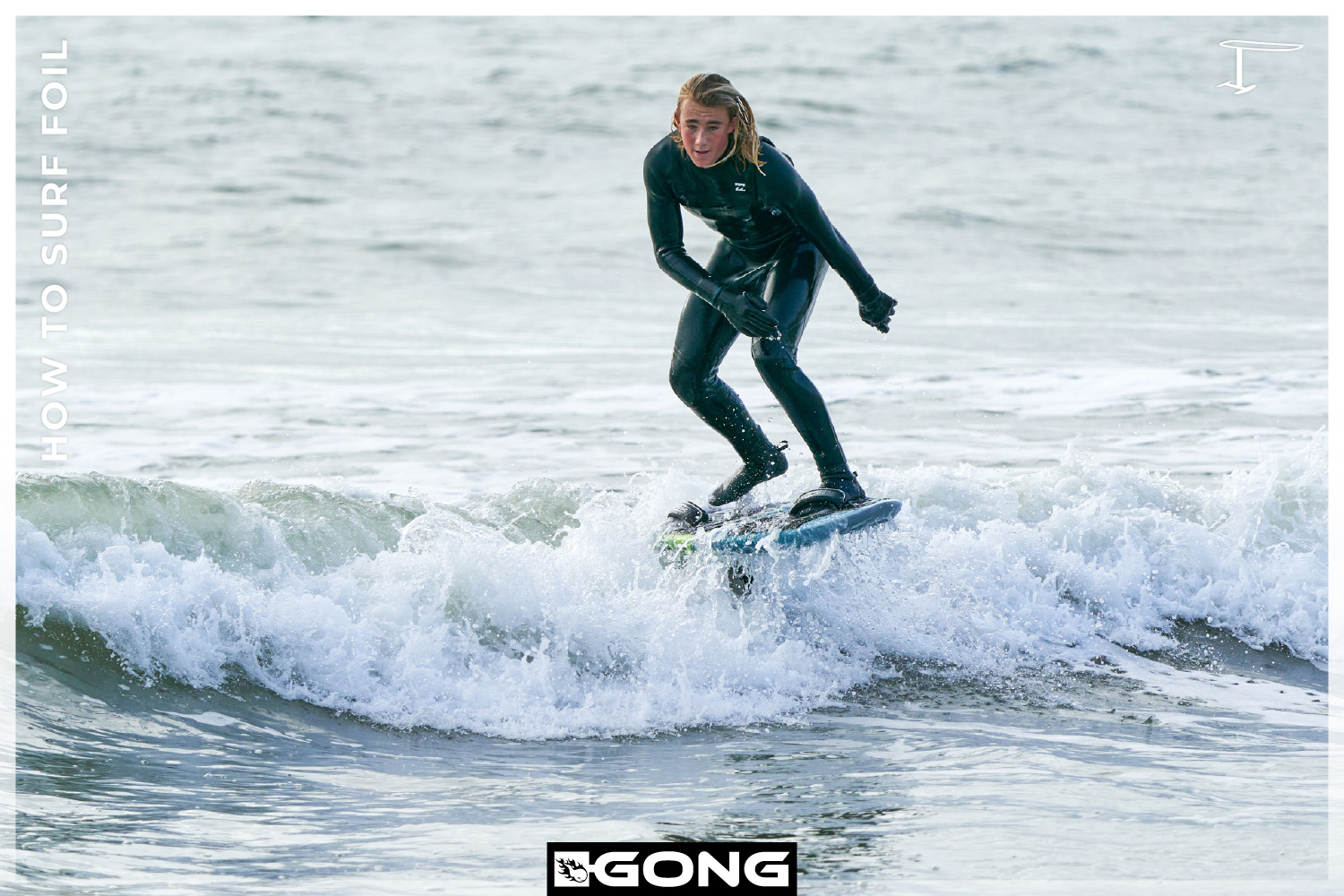
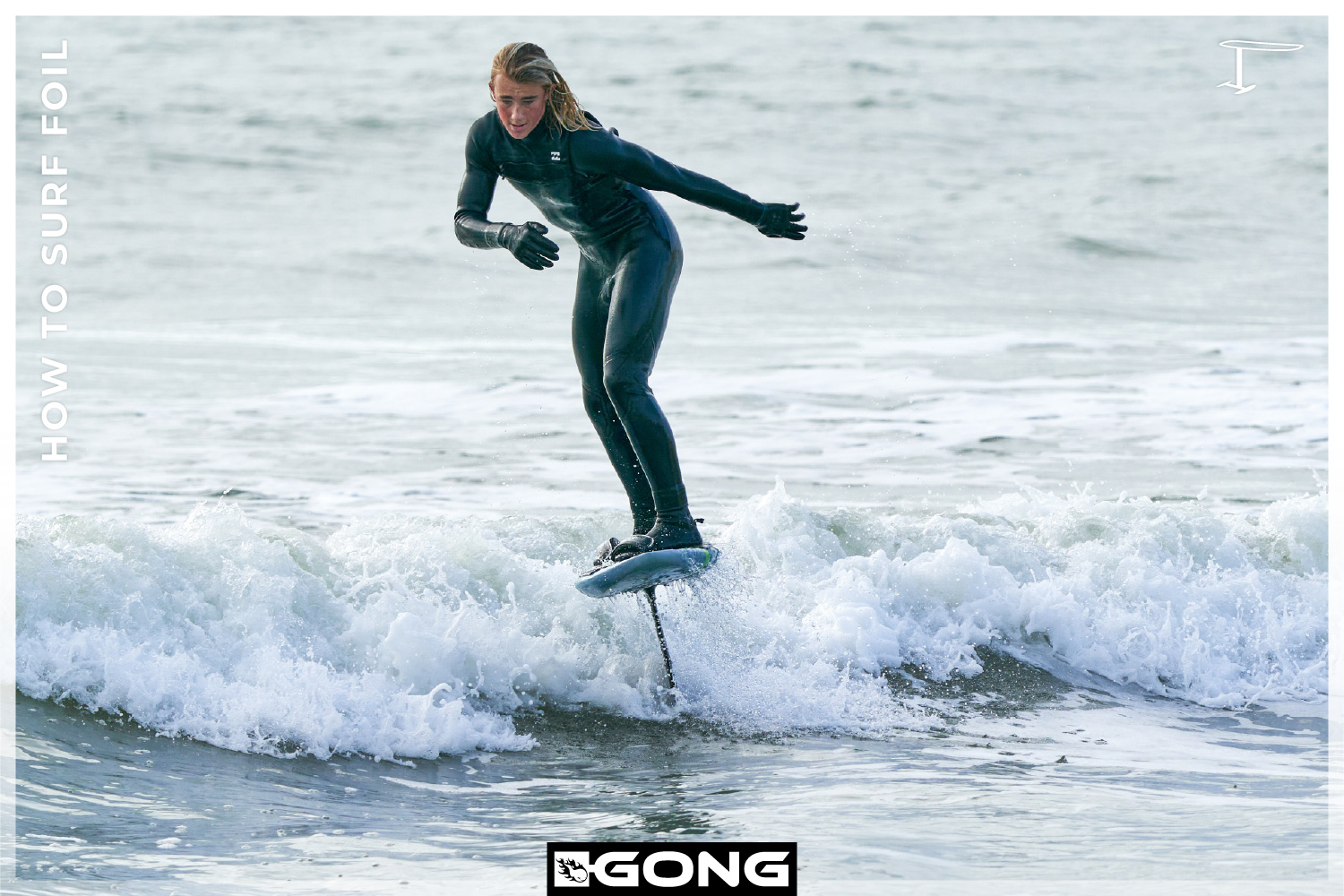

A foil reacts much like an airplane. With increasing speed, it will naturally take off with a passive passenger. The challenge of taking off with a surf foil is therefore twofold: to reach this speed which allows take-off but also to keep control over this key moment. It is in reaching the necessary speed that your surfing experience will help you most. First, as a surfer you are able to paddle efficiently on a small board. That is to say, with a core strength that allows you to paddle in a stable way without harming the kinetic energy. Secondly, having a good read of the waves is also crucial even if you are looking for different waves than the ones you would surf on a conventional surfboard. An experienced surfer will quickly recognize the type of wave that will push him effectively. Start with very soft waves and adjust your wave selection wave by wave. A foam or a close-out are good waves, and in surf foiling it’s not just about your beginnings.
Unlike conventional surfing, the take off is done rather at the bottom of the waves on a flat area, or high if the wave is very soft. The take off on a hollow wave is to be avoided. It’s an almost guaranteed wipe-out. If the wave is too soft, you won’t reach the speed to take off (even if the best foilers manage to pump from the water surface to trigger a take off with a little push of the wave). If the wave is too powerful, the speed will propel you into an uncontrollable take off with the nose flying upwards. Take off should be smooth and gradual. And above all, it is you who must decide when to take off. This decision is made by managing your weight placement. In surf foiling your weight should lean forward from the get go. If you have chosen an appropriate wave, you should stay in control of the take-off by keeping your weight over the front. In doing so you’re blocking any take-off. If necessary, put your hands on the deck as if to perform the take-off to accentuate your weight on the front.
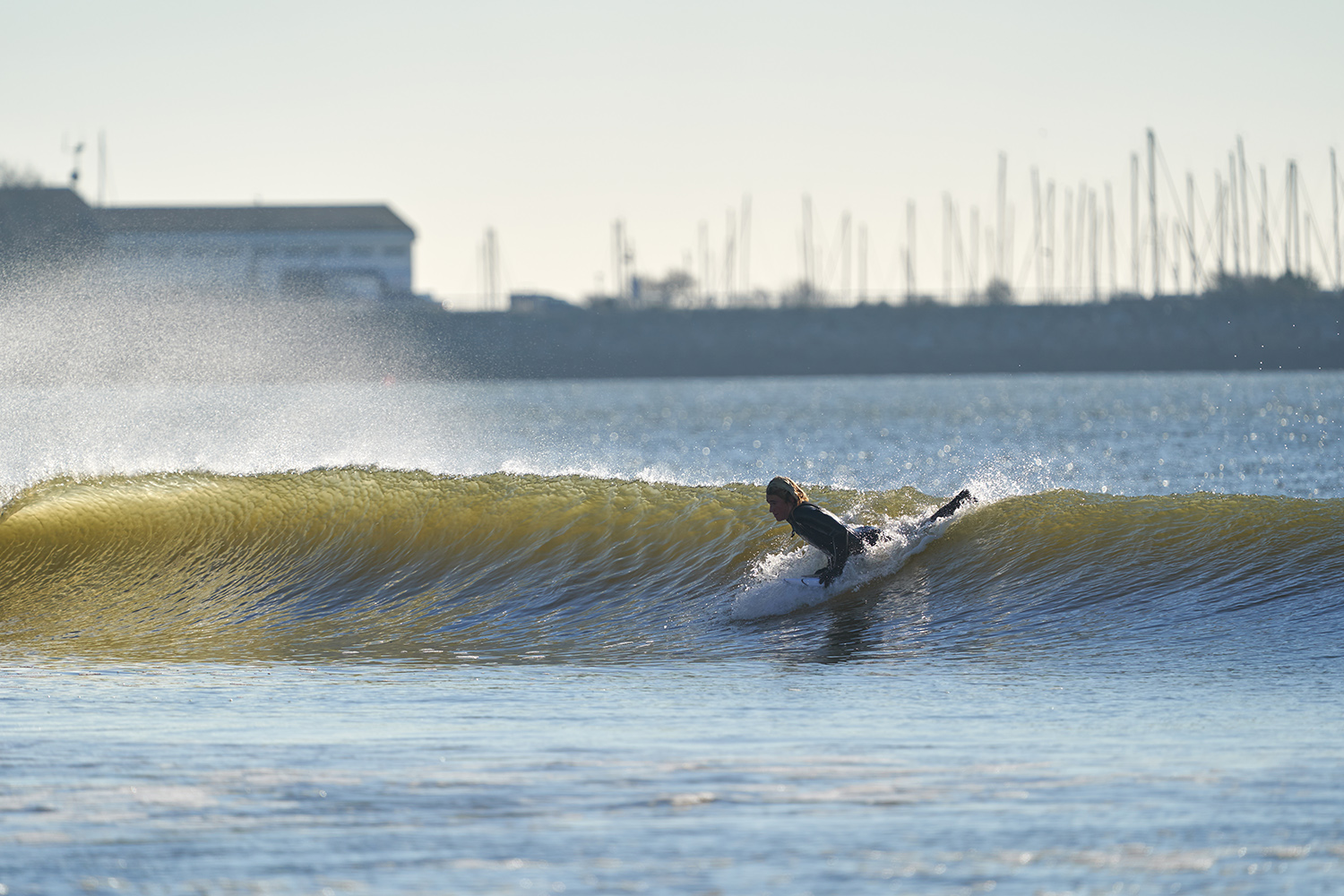
The right time to get up is similar to a take-off in surfing. When you feel that the board is moving forward on its own, without the need to paddle anymore, it’s time to get up. As in surfing, it is better to get up a little too late than too early because when a beginner gets up, he tends to slightly disturb the balance of his board, and therefore its speed. So wait until you have reached a good speed. When you get up, the front of the board is naturally relieved from your weight for a moment, which helps the take off. It is therefore essential to quickly regain control of the front of your board using your front leg. Consider that you must put 80% of your weight on the front. You can clearly see it in the image of Malo above. His weight and body dominate the front of his board. If after getting up on your feet you have not taken off, put a small kick on your back leg followed by a few pumping strokes.
It is essential to find the perfect stance from the get go with your feet in the center of the board to optimize control. It is not easy to correct a bad position of your feet in flight and the slightest deviation from the perfect stance will seriously annoy you. If everything has gone well so far, don’t forget that you also have to surf 😉 Stay on the shoulder of the wave to easily maintain your speed, where the energy of the wave is the strongest. The further away you are from the wave, the more you will need to pump to maintain sufficient speed to fly. Look straight ahead while remaining relaxed on your feet, always with 80% on the front. If the wave has closed-out, it gets a bit more complicated. You will have to pump to gain enough speed to do a U-turn to face the wave and pass it on your inertia, but that’s another story! 😉 The science of positioning that you have acquired as a surfer will therefore be priceless for taking off on the waves that open and facilitate an exit towards your first connections.
Finally, be careful and do your first take offs away from others. You do not risk much by controlling the take off with your weight on the front, on the other hand avoiding the risk of contact with the other persons in the line-up must be your priority. Just keep your distance and everyone will be fine. Good surfing!
